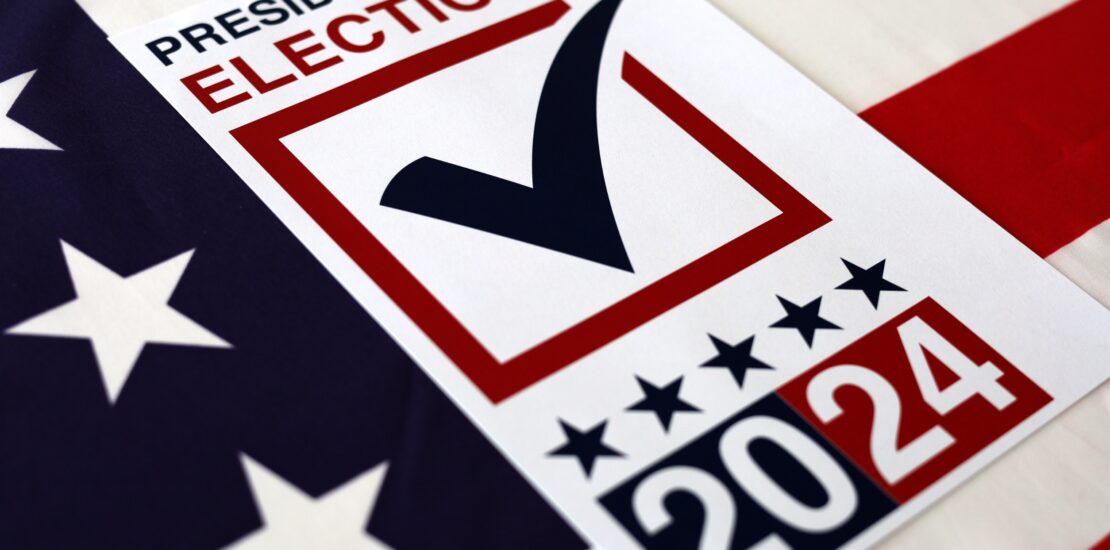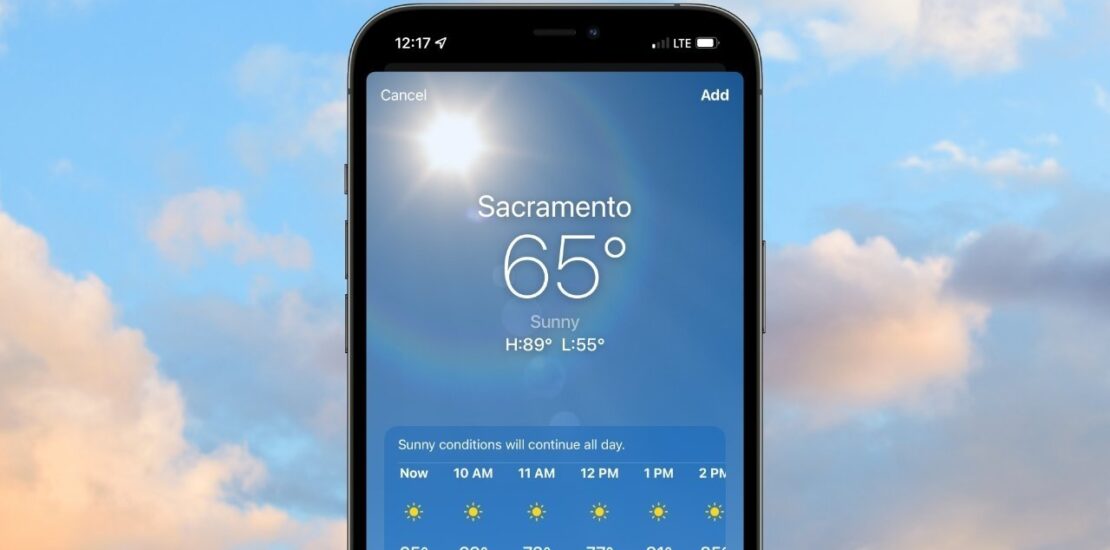qualifying
-
Trump, The Iowa Caucus, and Sales Improvement
- January 16, 2024
- Posted by: Dave Kurlan
- Category: Understanding the Sales Force

This course is the most fun you could ever have while going through sales training! But it is so much more than fun and entertainment. There are powerful selling lessons in each clip, and despite the fun, you will become more effective at all aspects of selling. It doesn’t matter how long you have been in sales, what you sell, who you sell it to, the length of your sales cycle or the cost of your product or service. Nor does it matter where your competency gaps are.
-
The Best Sales and Sales Leadership Content of 2023
- December 11, 2023
- Posted by: Dave Kurlan
- Category: Understanding the Sales Force

Welcome to my annual list of the best sales and sales leadership content of 2023. This year’s list has thirteen entries, including articles, videos, and LinkedIn posts. There are several categories including Most Read, Most Liked, Most Engagement, Best Quality and Personal Favorite. Ready?
-
Milestones in the Sales Process are Like the Stones in a Wall
- October 5, 2023
- Posted by: Dave Kurlan
- Category: Understanding the Sales Force

An ideal sales process has 4 stages, each with anywhere from 4 to 10 milestones that must be met in order to move to the next stage.
-
The 10 Avoidable Things That Occur When Salespeople Don’t Talk about Money
- September 27, 2023
- Posted by: Dave Kurlan
- Category: Understanding the Sales Force

The table above uses data from Objective Management Group (OMG), which has assessed close to 2.4 million salespeople. The data shows that 43% of all salespeople are uncomfortable talking about money and while the top 10% have no such problem, 71% of the bottom 10% are too uncomfortable to talk about money. These are the 10 things that happen when salespeople are uncomfortable with the finance-specific milestones of the sales process:
-
Snowstorm & Weather Apps Explain Why 75% of Sales Forecasts are Wrong
- March 16, 2023
- Posted by: Dave Kurlan
- Category: Understanding the Sales Force

As a Nor’Easter barreled across Central Massachusetts today, a few interesting storm-related happenings were analogous to some sales-related occurrences. This article will explore two weather-related analogies:
It’s in 3D – Dinger the Dog and his choice of Doors
The Magic of Weather AppsI’ve written about Dinger, our six-year-old Golden Doodle, several times. The most popular article was when I claimed and proved that Dinger’s listening skills were better than those of salespeople.
-
The Bob Chronicles – The Difference Between Selling Skills and Effectiveness
- October 12, 2022
- Posted by: Dave Kurlan
- Category: Understanding the Sales Force

Today a client asked me to explain the difference between skills and effectiveness. You won’t find the answer by doing a Google search as that search turns up exactly nothing on the subject. This article will discuss the similarity between symptoms/causes and skills/effectiveness. Do you remember Bob, the subject of many articles and my favorite weak salesperson to write about?
Bob strikes again!
I’ve written 10 articles about Bob and everyone says that the Bob series is their favorite.
-
Can My Car Uncover Sales Qualification Criteria Better Than Most Salespeople?
- August 8, 2022
- Posted by: Dave Kurlan
- Category: Understanding the Sales Force

Wouldn’t it be great if salespeople had the equivalent of two camera intelligence to see what they don’t know they need to see?
-
Is Your Sales Process Backwards, Upside Down or Stupid?
- July 7, 2021
- Posted by: Dave Kurlan
- Category: Understanding the Sales Force

When we look at the sales processes that most companies have in place, there are usually elements of upside down, backwards and stupid.
-
Why the Future of Selling Won’t Resemble the Past
- April 17, 2020
- Posted by: Dave Kurlan
- Category: Understanding the Sales Force

It’s April 17 and nearly every salesperson is selling from home. It’s just temporary, right?
Maybe. But what if it’s not? According to the President, Vice-President, Scientists and some Governors, the economy will begin reopening in stages, perhaps as soon as May 1. So it’s back to the office and your territories, right? Wrong. You’ll still be home. Welcome to the future of selling where I’ll share my top five reasons why.
-
Does Being a Strong Qualifier Correlate to Having a Strong Pipeline?
- August 7, 2018
- Posted by: Dave Kurlan
- Category: Understanding the Sales Force

My latest data mining project reveals that the answer to this question is a partial correlation.
Check out the two tables below and you’ll see just what I mean.
- 1
- 2

